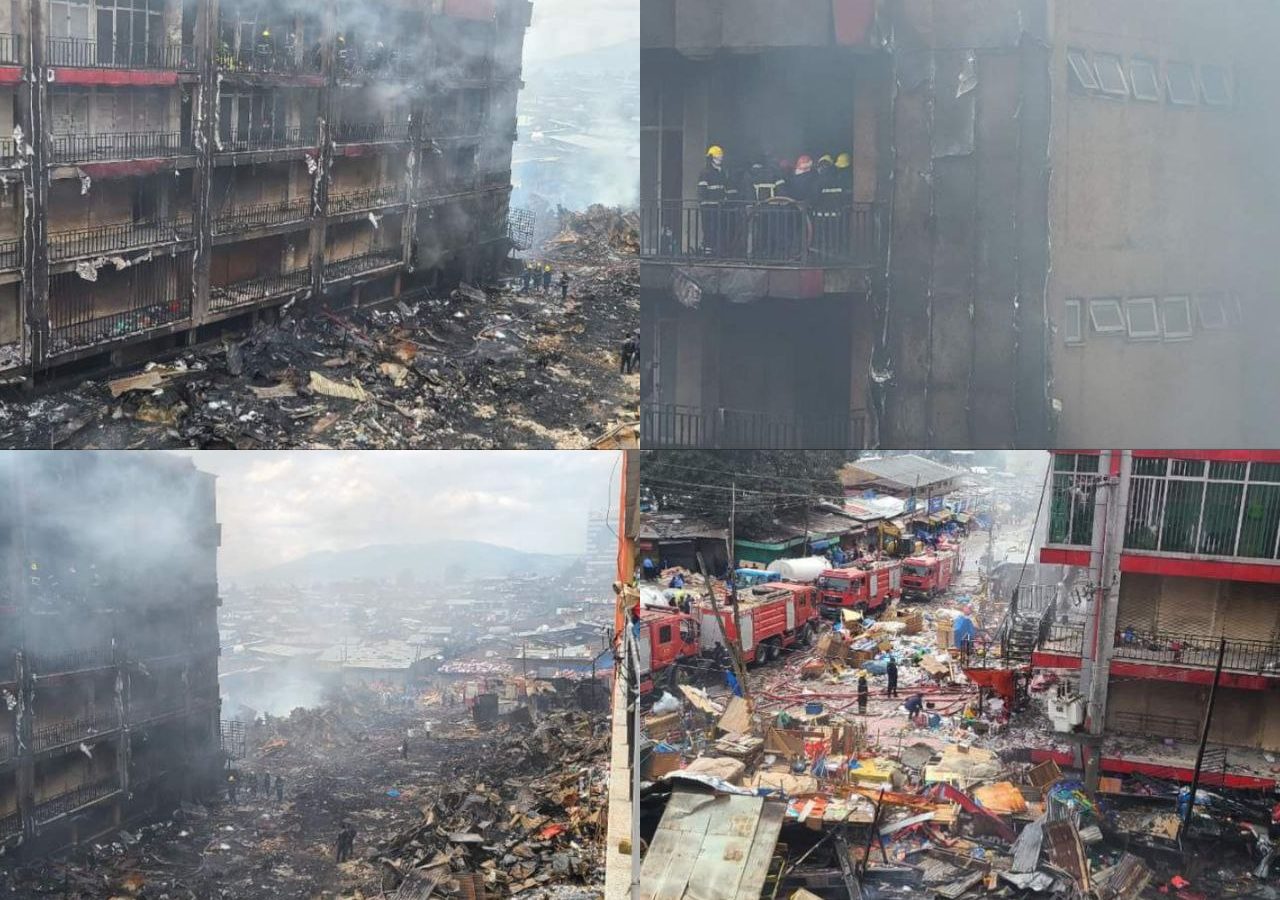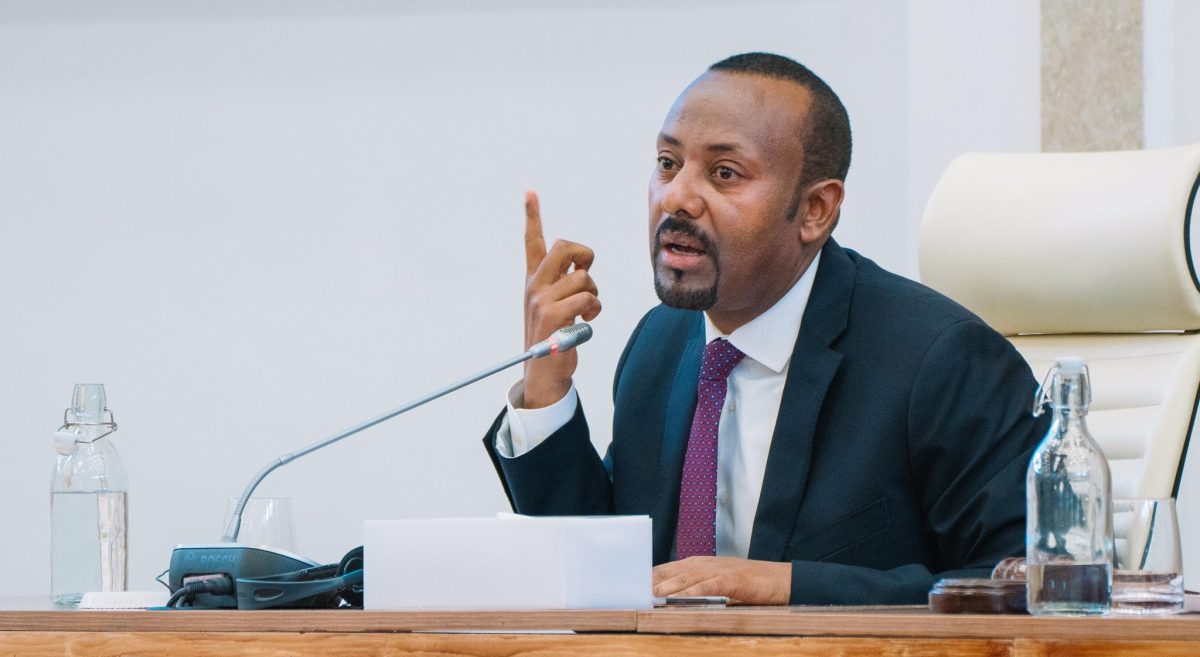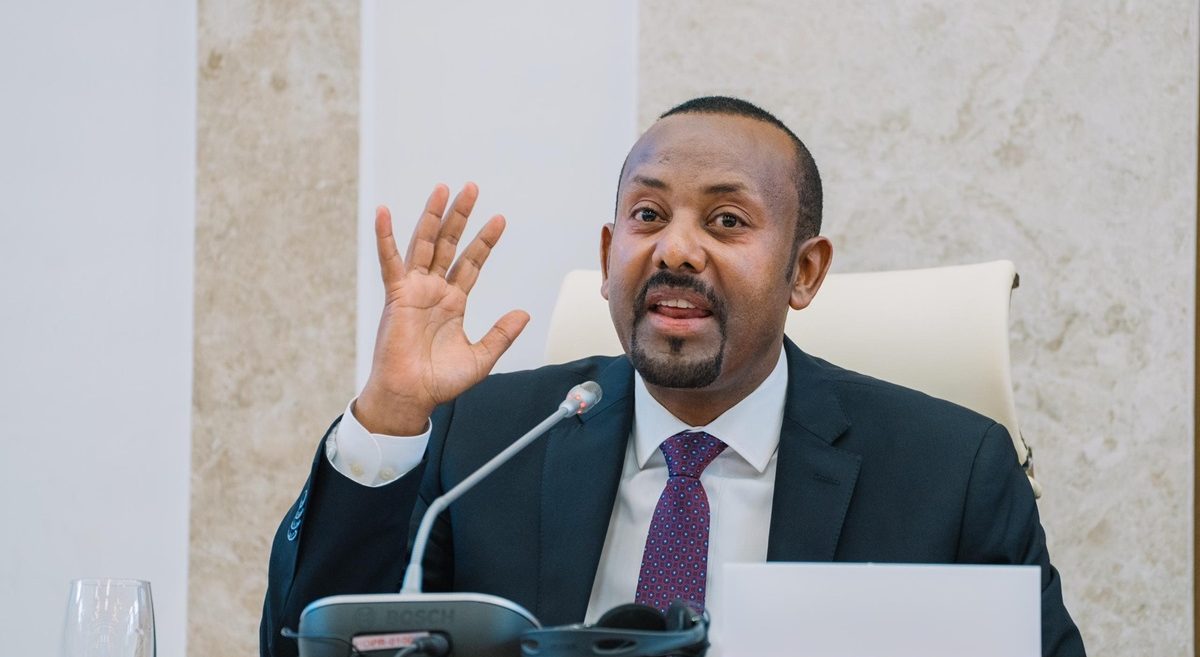Feature: A goodwill initiative sparks hope by restoring eye sights across Ethiopia
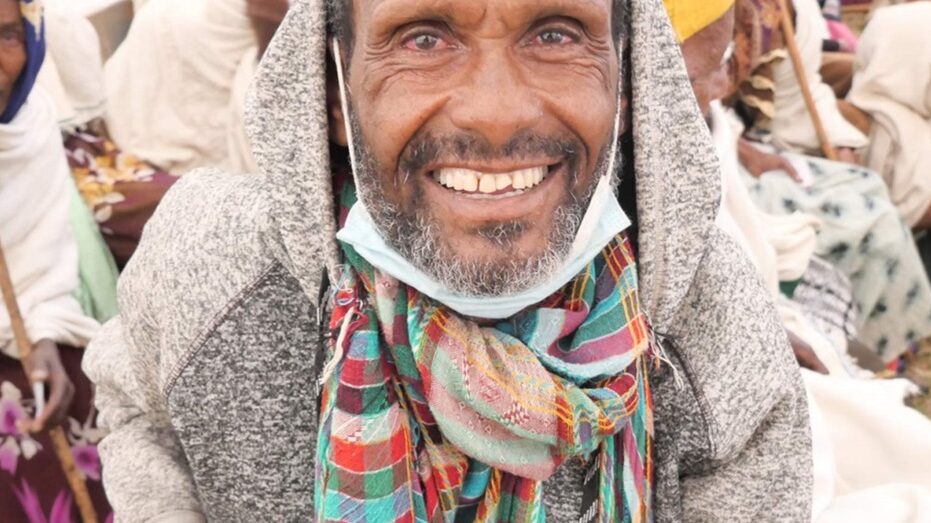
By Molla Mitiku @MollaAyenew
Addis Abeba – Sisay Abebe, 64, is a resident in Logia, Afar region. He had been leading his life with the income he earned from his semi-farming activities. All of a sudden, situations changed when he lost his vision in 2017 caused by cataract. His life started to gloom since then.
“It is hard to live for such a long time without vision particularly for a lonely person like me,” Sisay told Addis Standard. It was impossible for him to move from one place to another to work. As a result, selling what he amassed during the old good days became his only option to survive during the first few years following his sight loss. Later he became totally dependent on the generosity of others.
For Sisay, the past six years were the darkest period in his life, both in literal and figurative terms. “Thanks to my lord, now I have regained my sight,” he said with a joyous voice. with happiness. Sisay regained his vision along with other 369 people who got ophthalmic surgeries through the Himalayan Cataract Project’s (HCP) Cureblindness campaign hosted in Semera, Afar region, from October 22 to 27, 2023.
The surgery sparked a ray of hope for Sisay and the other beneficiaries who were under-privileged to receive such treatment on their own. In the Afar region, doctors believe there are tens of thousands of people like Sisay who lost their sight to treatable cataracts.
Hiwot Degneh (MD), who successfully operated and restored Sisay’s sight, is one of the four health practitioners who participated in the cataract surgery campaign in Semera. “Observing people gain their lost vision after a surgery is something that always leaves an ophthalmologist short of words to express the satisfaction,” she told Addis Standard.
Hiwot took part in five similar eye surgery campaigns organized to help people suffering from avoidable cataracts. “In this campaign, we planned to operate on about 500 people, but we managed to do 369 surgeries and successfully restored their sight,” She added.
According to Hiwot, the number of people who are subjected to blindness is alarmingly increasing from time to time. She said there are about 900,000 people with sight problems only in the Amhara region, where she is on duty.
Cataract, the clouding of the lens of the eye that prevents clear vision, is the leading cause of blindness, which affects more than 2.2 billion people worldwide and millions in Sub-Saharan Africa. In Ethiopia, recent surveys indicated that cataracts are the main cause of blindness and low vision, which contributed to 49.9% of blindness and 42.3% of low vision cases. Despite efforts exerted to minimize its impact, success is still far-reaching and the masses are unable to access adequate eye care treatment.
HCP’s Cureblindness is one of the non-governmental interventions operating across the globe to tackle curable blindness. In collaboration with 65 global partners and over 100 volunteer network collaborators, it has been playing a significant role in restoring visions, eradicating preventable and curable blindness.
Katherine Overbey, the CEO of HCP Cureblindness, told Addis Standard that since its foundation in 1995 by two eye surgeons, Geoff Tabin (MD) and Sanduk Ruit (MD), HCP has been providing high-quality eye care, and eye-care education in over 25 countries around the globe.
“It has performed over 1.4 million sight-restoring surgeries, provided screenings and basic eye care to over 14.5 million people, performed 195,000 corneal transplants, prevented 50,000 cases of corneal blindness, and trained 19,500 eye care professionals,” said Katherine, who during her two-day visit to Ethiopia, in October, met authorities at the Ministry of Health to deepen partnership on areas of skilled manpower development and building eye care centers that can provide high-quality care for restoring sight in different parts of the country.
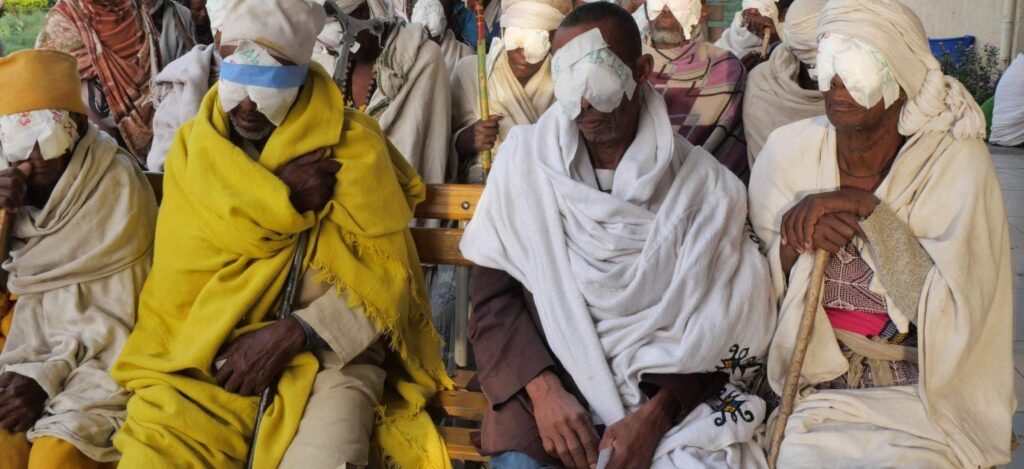
“We are committed to curing treatable blindness and setting a long-term, sustainable solution to such impacts by providing training for local ophthalmologists, public nurses, and other allied personnel,” she told Addis Standard during her visit, adding that “we are providing equipment to make sure that once we’ve trained people, they have the opportunity to use their skills so that eye health can be delivered in the highest quality at an affordable price, making it accessible to people”.
“We think about how we can make a difference in the lives of the people by helping them regain their sight and just sustaining that long-term impact by building a system that can continue to provide high-quality vision,” she said. “I feel very confident that our resources are going to have the greatest impact that they can in Ethiopia”.
Zelalem Habtamu (MD), Country Director of HCP Cureblindness, told Addis Standard during a six-day post-war cataract surgery in Quiha, Tigray region, 1,300 patients underwent eye operations with a similar campaign planned for spring 2024. Zelalem said the organization has performed over 718,215 sight-restoring surgeries and provided eye screenings and basic treatments to more than 5.6 million people since 2008 in Ethiopia.
Furthermore, the HCP has been providing support for the eye bank of Ethiopia, specialized ophthalmic training for 50% of sub-specialists which increased local capacity in the country. It also continued investing in “programs and infrastructure, allocating over 12 million US dollars” to build self-sustaining eye health systems and a special eye hospital that is under construction in Bahir Dar, Amhara region.
“There’s an enormous backlog of blindness, and we are doing everything we can to address it directly through outreaches or other direct patient care, but we believe that is better accomplished by building up a system of high-quality care by Ethiopians for Ethiopians to cut down the backlog and get ahead of it,” Zelalem told Addis Standard.
The eye care hospital, which is currently under construction in Bahir Dar, is a typical example of this end, and it will serve both as an eye care and training center, he said, adding that it is designed to provide a new level of quality eye care not only for the people of the region but also for the entire country and even beyond.
Barricades to sight restoration
According to Katherine, working separately takes anyone nowhere, and it remains one of the obstructing challenges. She believed that restoring lost sight is such an important and big issue that a single organization will never solve it. Working in a challenging environment or in conflicting areas is also another blockade that retards performance.
Hiwot, on her behalf, argued for the unbalanced demand-supply symmetry. Despite efforts exerted by the government and NGOs like HCP through opening new centers in different parts of the country and holding campaigns at different times in different places, the services still mismatch the need for eye care treatment.
According to the ophthalmologist, a shortage of specialists, a small number of treatment centers, a scarcity of medicine, and a lack of awareness among society about cataracts and other causes of blindness have aggravated the crisis.
Concurring with Katherine and Hiwot, Zelalem emphasized the inadequacy of foreign currency, which persistently obstructed the eye health care system as medical equipment and drugs were not accessible in the local market.
“It is so hard to import the required equipment and medicine from abroad due to the unavailability of foreign currency in the country,” Zelalem said. He added bureaucratic hurdles such as high taxes are among the issues they are facing. He illuminated how around 20,000 eyeglasses to be freely distributed to beneficiaries who had eye surgery and had the prescription to wear them, were held at the customs due to high tax requests.
“We bought those eyeglasses for 27,000 US dollars to distribute to 20,000 people, but we are demanded to pay 105,000 US dollars in tax, which is more than four times the price of the eyeglasses, and this is a significant challenge to the health that must be changed,” Zelalem underlined.
A national survey conducted a decade ago revealed that there were an estimated 1.6 million sight-impaired people in Ethiopia, and Ophthalmologists estimate that currently nearly 6 million people are either blind or visually impaired in the country.
The way forward
The fact that there are only few centers in the country where such complicated eye surgeries can be performed, even in major urban areas, made the under-previladged population mostly living in rural areas suffer from curable blindness.
That is why organizations like HCP, in collaboration with the government, have been prioritizing working in remote and peripheral areas through campaigns. Given the vastness of the demand, “government institutions and international and local NGOs must join hands and consolidate their resources and efforts to have an affirmative result on sight restoration,” Katherine asserts.
Working meticulously on raising awareness about the root causes and ways of preventing oneself from sight impairment is a vital strategy that could help several people, mainly children at school, from being susceptible to vision loss, she added.
Zelalem weighs on improving the taxation system in the country and avoiding labeling basic materials like eyeglasses as luxury commodities could be crucial in the campaign against blindness. He also stressed the need to make foreign currencies available, particularly for health care, which is dependent on imported equipment and medicine.
Hiwot believes despite the endeavors to reach visually-impaired people and restore their sight through surgery and other related treatments, there is still a long way to go due to the obstacles embodied in the eye care health system. “Although it is a far-fetched task, there is a possibility to succeed in the long term with high commitment and collaboration”. AS





